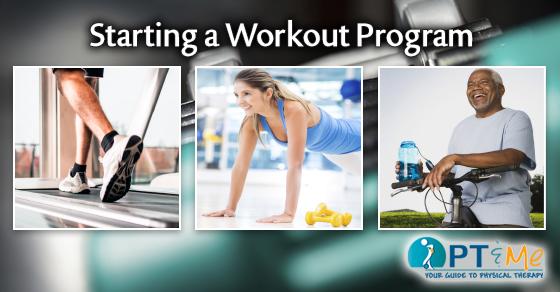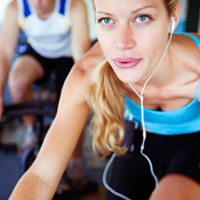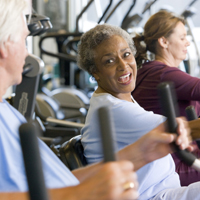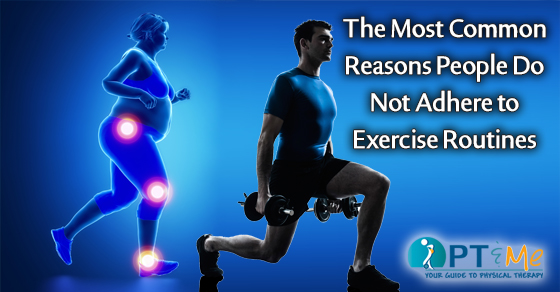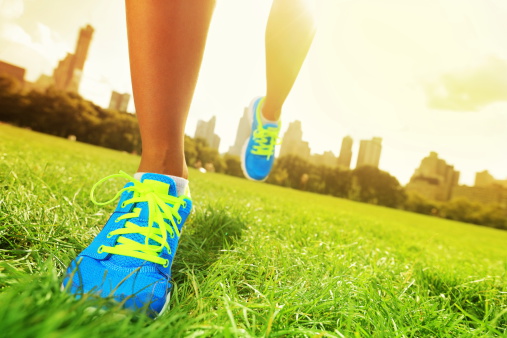Yes, we get it, exercise is important, but that alone isn’t enough to make all of us get off of the couch. If you are having trouble starting a workout program that works for you and your schedule, get creative and start small. For most of us, we need someone or something to give us a small push in the right direction – and that’s exactly what we’re going to do. You don’t have to go to a gym with a lot of intimidating machinery, and weights – you can go to a physical therapy clinic. A physical therapist can work with you to develop a functional exercise routine that works for you and your goals… and if you need an exercise or wellness coach – they may just be able to make a recommendation. Okay, you’ve heard the sales pitch, but here are the basics you need to know. Whether you go to a gym, PT, or are starting a program on your own there are a few things you should take into consideration.
Benefits of Exercise
- Improved circulation and cholesterol
- Weight control
- Assists with smoking cessation and addiction
- Prevents/manages high blood pressure
- Prevents bone loss
- Boosts energy level and happy brain chemicals
- Improves sleep, strength, and self confidence
- Reduces risk of CHD/CVD, stroke
- Delays/prevents chronic diseases
- Reduces stress and anxiety while increasing relaxation
- Prevents cognitive decline
- Sharpens memory and boosts brainpower
Is Exercise Safe for Me?
- If you have major health issues, consult your doctor before doing any exercise
- Medical conditions can benefit from exercise even if you have a health issue or injury
Setting Yourself Up for Success
- Set short term and long term goals THAT ARE OBTAINABLE!
- Daily Reminders: schedule workouts on your calendar or set the alarm on your phone
- Reward yourself for obtaining your goals (with something other than food)
- Invest in a good pair of workout shoes
- Workout with others
- Start slowly
- Do things you like and don’t focus on activities that you don’t like
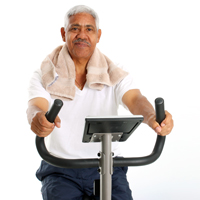
How Often Should I Exercise?
- Start small and build for success
- American Heart Association recommends 30 min per day, most days of the week
- SOMETHING IS ALWAYS BETTER THAN NOTHING!
How Hard Should I Work Out?
- During cardio take the talk test: Can you speak in sentences while exercising?
- Resistance training: You should be able to perform 10-15 reps with proper form
Stay Safe When You Exercise
- Drink plenty of water before, during, and after a workout
- Warm up, stretch, and cool down to help prevent injury
- Wear good shoes that are appropriate for your foot type
This information about starting a workout program was written by Advance Rehabilitation, a physical therapy group with 15 locations throughout North and South GA, and 2 locations in North FL. Advance Rehabilitation is an outpatient physical therapy group that focuses on providing the highest quality rehabilitation services. They specialize in physical therapy, sports medicine, industrial rehabilitation and athletic training. For more information click here.

